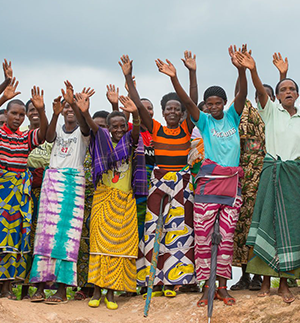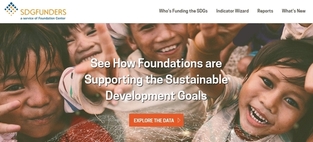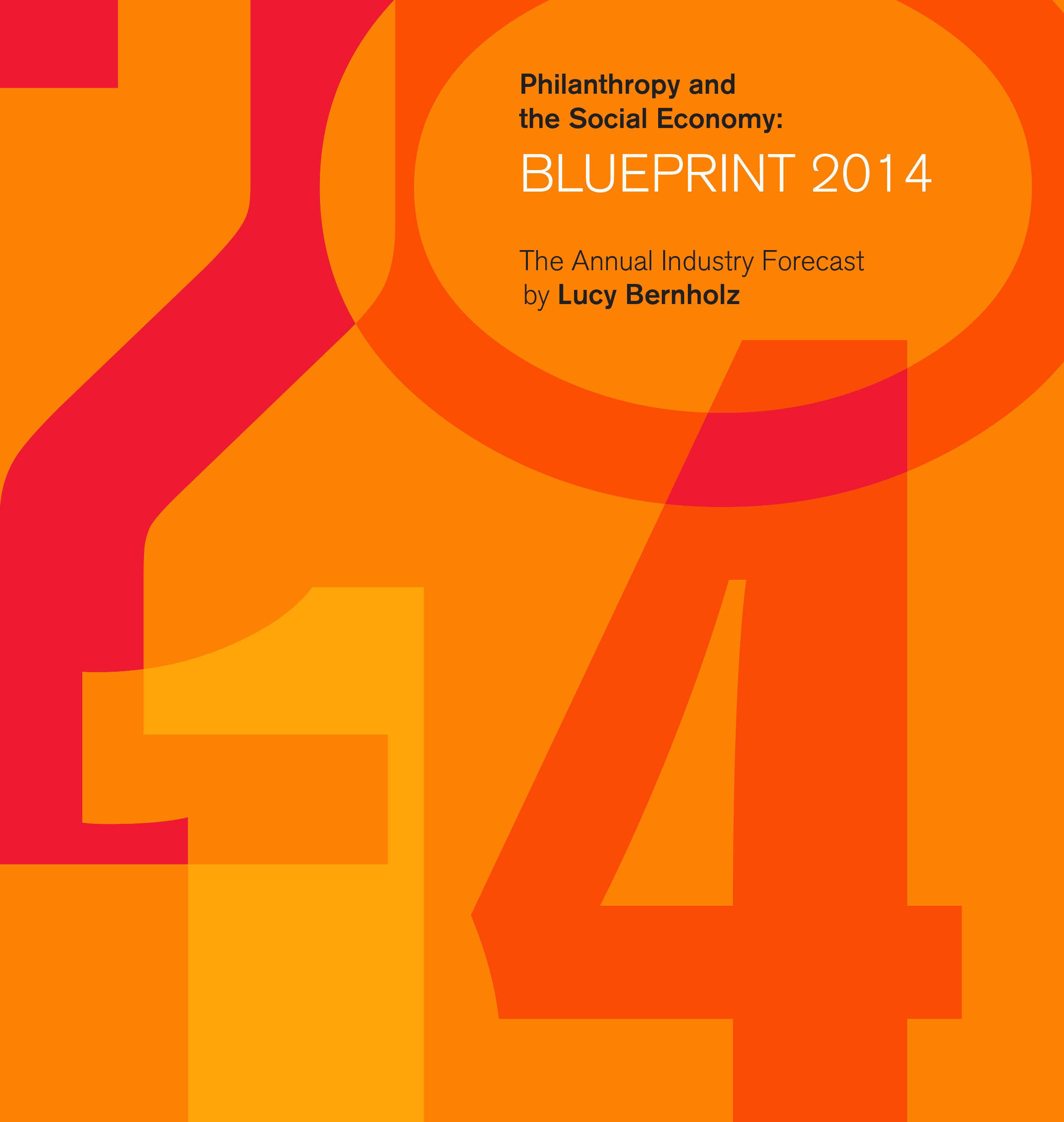Funder’s Forum: Bush Foundation A conversation with Jennifer Ford Reedy
The Bush Foundation, headquartered in Saint Paul, invests in great ideas and the people who power them. Established in 1953 by 3M executive Archibald Bush and his wife, Edyth, the foundation encourages individuals and organizations to think bigger and think differently about what is possible in communities across Minnesota, North Dakota, South Dakota, and the 23 Native nations that share the same geographic area. The foundation's funding interests include: educational achievement, community innovation, leadership, and Native nation building. The Foundation Center asked Jennifer Ford Reedy, its president:
[Question] How did the Bush Foundation decide to focus on building Native nations, and why do you think it's so important?
“There was a strategic planning process in 2008 to look at the history of Bush Foundation giving, and then also look at community needs, so we could identify a few funding areas so we could have a more focused impact. The three areas that came out were Native nation building, education, and community problem solving. We brought in advisors from around the country to help us figure out what the opportunities could be for Bush Foundation in those issue areas. For Native nations, we were trying to figure out how we could make the biggest possible difference to the community and economic success of the 23 Native nations in our region. We were heavily influenced by research done by Harvard and the Native Nations Institute, who had analyzed what made some tribes really successful. What they found was that tribes that were socially and economically successful had good governance. To really lift a tribe up economically and to have strong social services, you have to have solid tribal governance, including a good commercial code and a judicial system that people trust. If these aren’t in place, then what business is going to want to invest on your reservation? How can you sustain a stable, long-term strategic direction?
“With regard to why we focus on Native nations, well, we have a long tradition of grantmaking in Native communities. The need in these communities is great, so it makes sense as a focus area from that perspective. It’s not, however, the most efficient grantmaking we can do. The populations on the reservation are small and dispersed. The moral responsibility, to me, is enormous. There is lots and lots of wealth in our region that was created on land that at one time was the domain of these tribes. Businesses and communities were built on these lands at the expense of the tribes’ way of life.
“I have found that funders are a little lost, sometimes, on how to work directly with tribal leaders. In part because there is so much turnover, and you feel like you do a lot of work to establish relationships, and then there's another tribal election, and the whole council turns over, and everything changes. Now, when we started this focus on nation-building, we had been funding tribal colleges and tribal nonprofits and urban service agencies. We did not have relationships with the tribal leaders. So, we built those relationships by showing up. And we kept showing up. And we have a staff on this team that kept showing up, and sitting through whole tribal council meetings, and then saying again, ‘We're here, if you need us. This is what we're working on. We're here.’ It took us showing up many times before people really believed we were there and in it and serious about the relationship. Now we have many tribes that want to work with us on these issues — more than we can handle — and we have relationships with tribal leadership that can weather election cycles.
“This work will take time. We recognize that the changes will not occur within a decade. Right now we are beginning to assess what it will take to have the support for this kind of work long-term in our region. We recognize that foundations can be fickle, and our board will change, and our staff will change, we are trying to make sure we are setting up this work for the best possible odds of long-term commitment and long-term support from Bush and other funders.
“In some ways, philanthropy to Native Americans is kind of an invisible issue. I think this is partly because we’ve lost the historical context about how tribes were treated and how that treatment led to both the situations they face and how their governments function. In my view, there’s a big opportunity to build understanding of and empathy for tribes. Even if people have a general idea that the tribes were treated poorly, they usually don’t understand the way that commitments were broken over and over again. Much of the challenges tribes face today are the result of policies and conditions created from the outside. For example, it was the U.S. government that created the template for most tribes’ constitutions with no separation of powers at all. It is really hard to fight corruption when the leaders control all three branches of government.
“Self-determination changes the balance. When we keep self-determination front and center, we have the opportunity to truly support tribal leaders to create and implement solutions that meet the needs and expectations of their citizens.”






